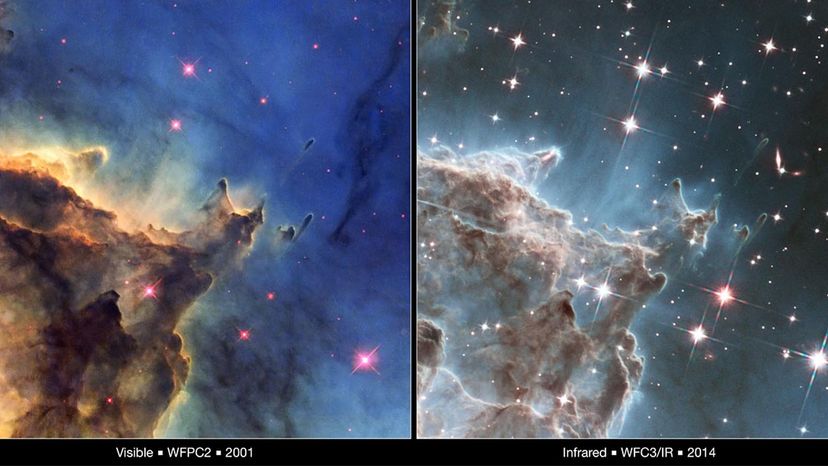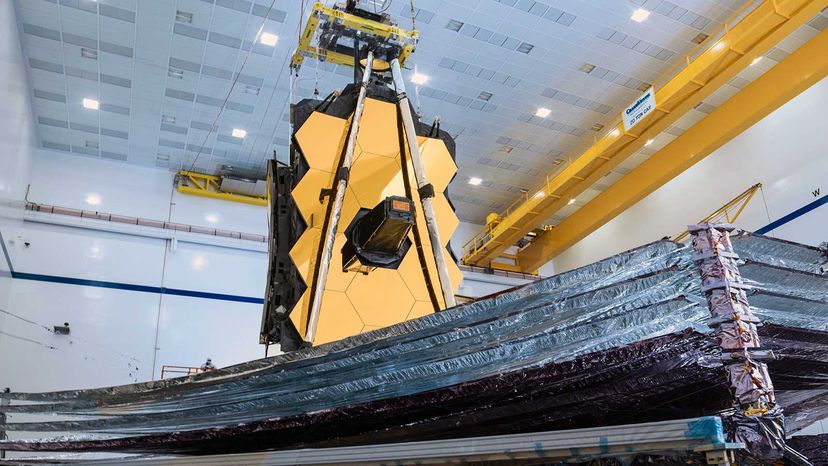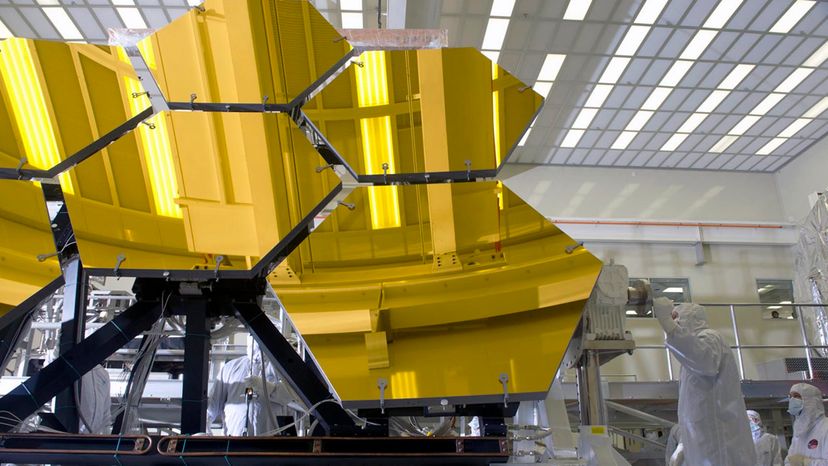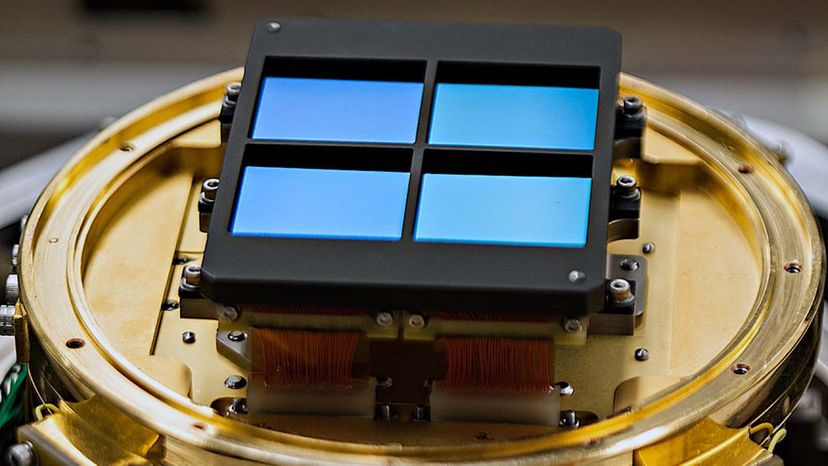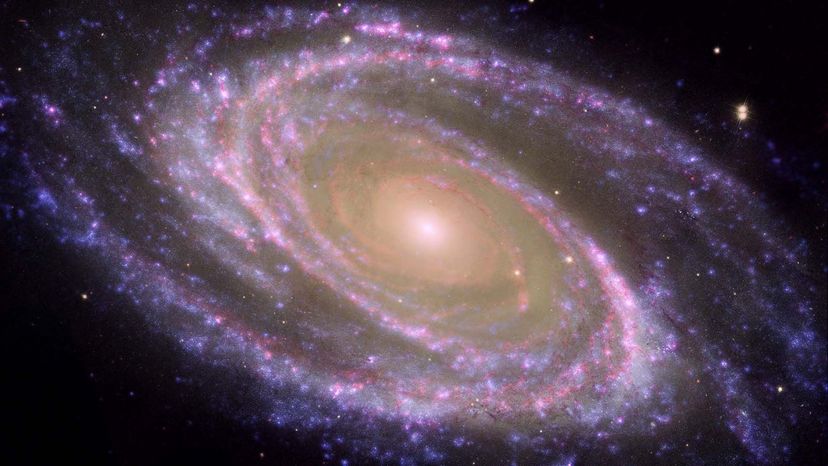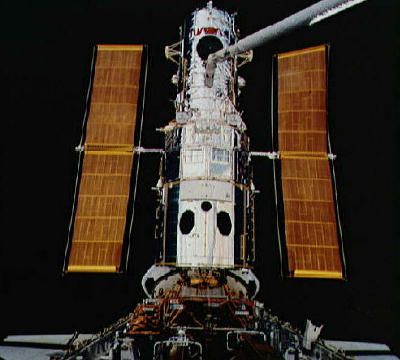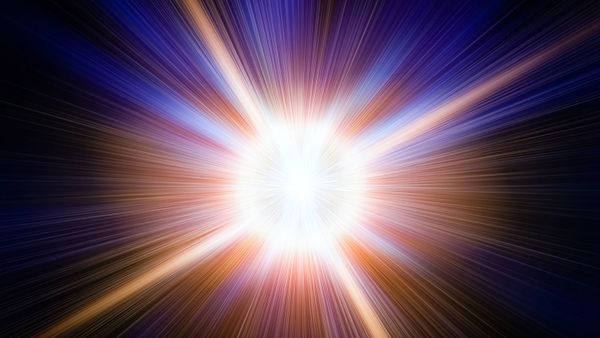
Our knowledge of the universe is bound by the scope of our senses, but our minds know no such limits. When a campfire's glow blinds us to the source of a twig-snap in the wooded darkness, we imagine all sorts of dire prospects. But step out a few paces, set the fire to our backs, and we see more deeply and clearly. Imagination meets information, and we suddenly know what we are dealing with.
But it takes more than a good set of eyes and some distance from city lights to comprehend the cosmos; it requires instruments capable of expanding our senses beyond our evolutionary limits, our atmosphere or even our planetary orbit. Astronomy and cosmology are both compelled and limited by the quality of these instruments.
Advertisement
Around 400 years ago, the telescope revealed unsuspected moons, planets and sunspots, sparking a succession of new cosmic theories and better tools to test them, revealing billowing nebulae and congregating stars along the way.
In the mid-20th century, radio telescopes showed that galaxies — far from static blobs — were in fact active and bursting with energy. Before the Kepler Space Telescope, we thought exoplanets were rare in the universe; now we suspect they might outnumber stars. More than three decades of the Earth-orbiting Hubble Space Telescope helped pierce the veil of time, photograph stellar nurseries and prove that galaxies collide. Now, the James Webb Space Telescope stands poised to place its back to the sunlight, step away from Earth and make the keen, delicate observations possible only in the cold, dark spaces beyond the moon.
Slated for a Dec. 22, 2021, launch date from Europe's Spaceport in Kourou, French Guiana, Webb was built by an international collaboration between NASA, the European Space Agency (ESA) and the Canadian Space Agency (CSA), and is charged with answering some very ambitious questions. It also will take astronomers closer than ever to the beginning of time, granting glimpses of sights long hypothesized but never before seen, from the birth of galaxies to light from the very first stars.
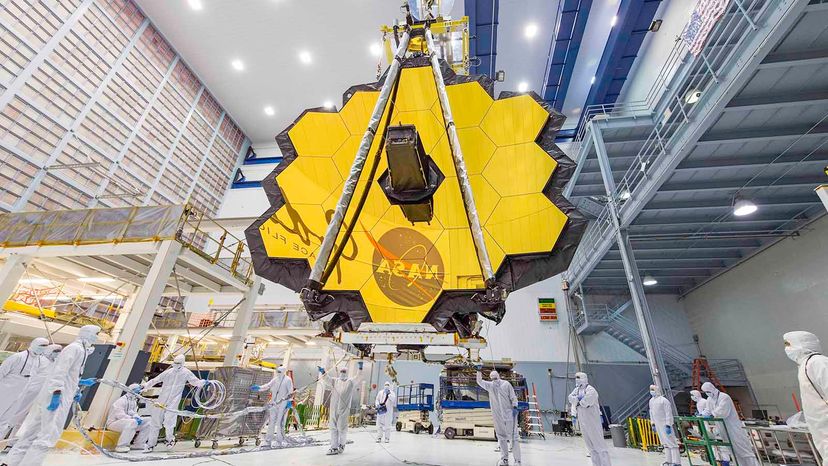
Advertisement
